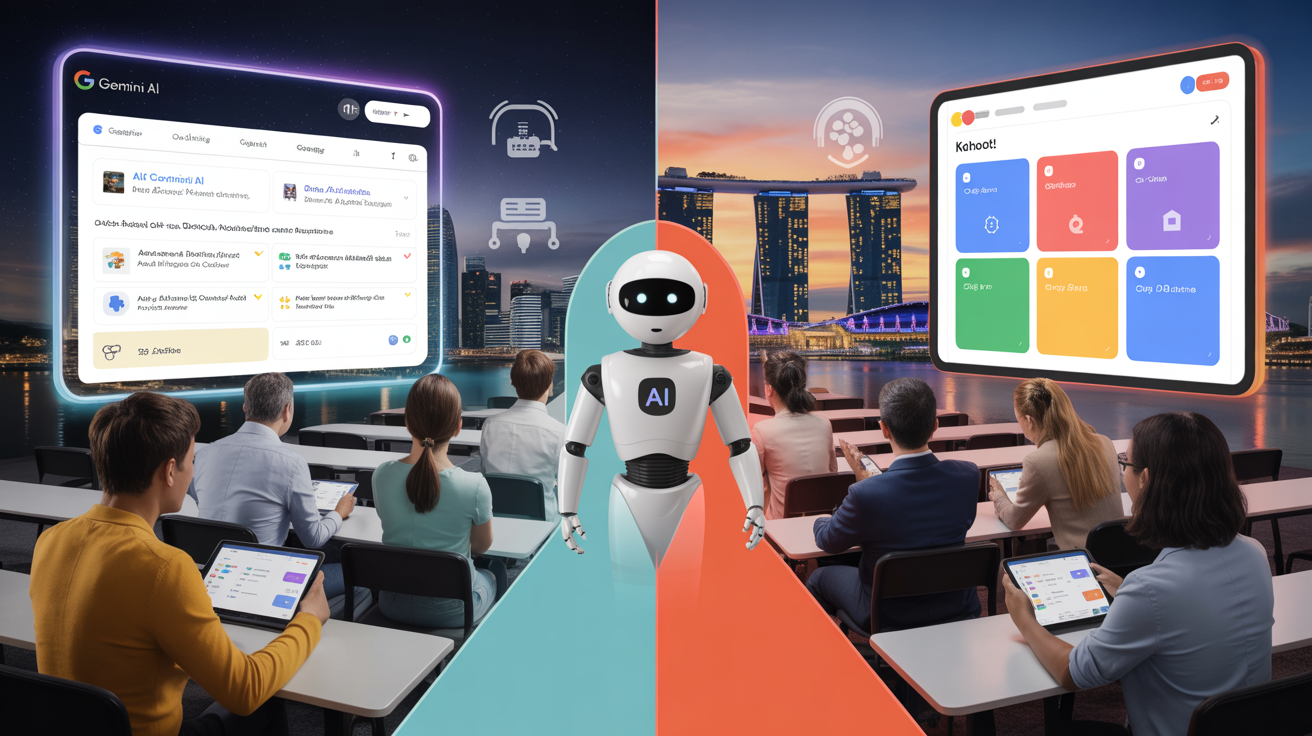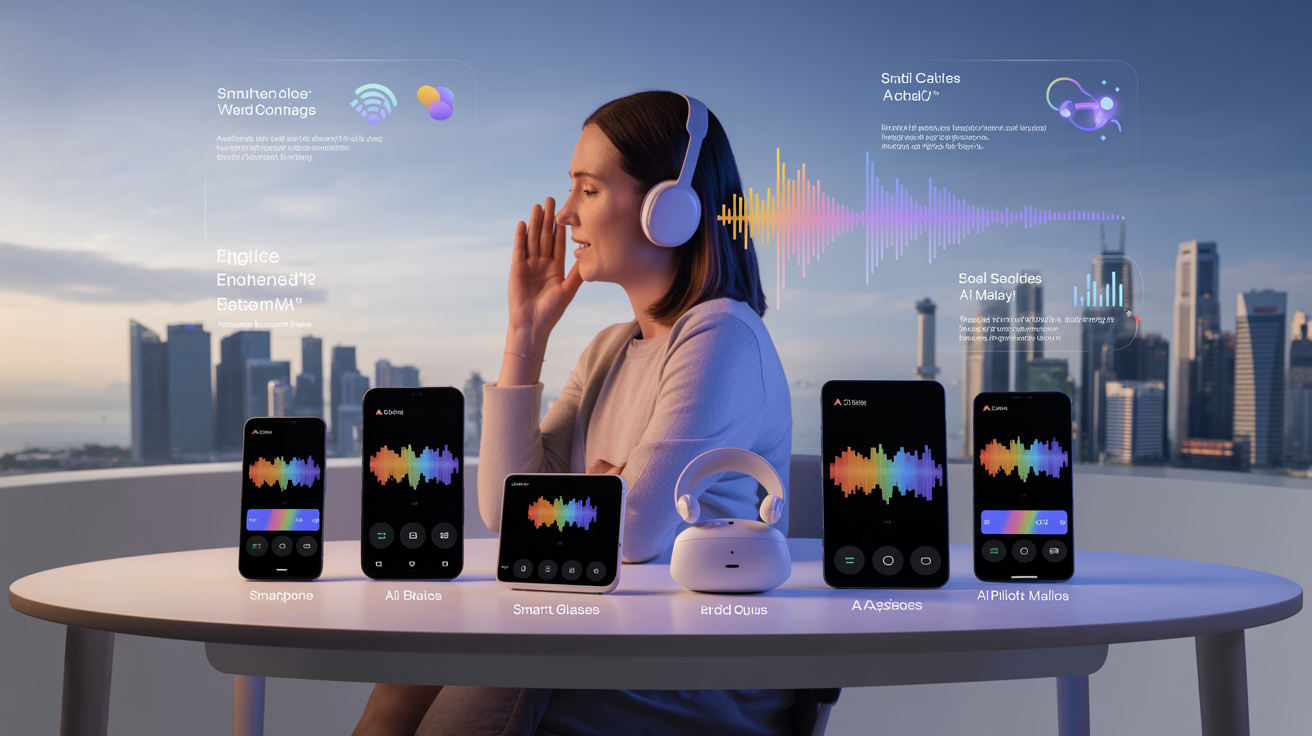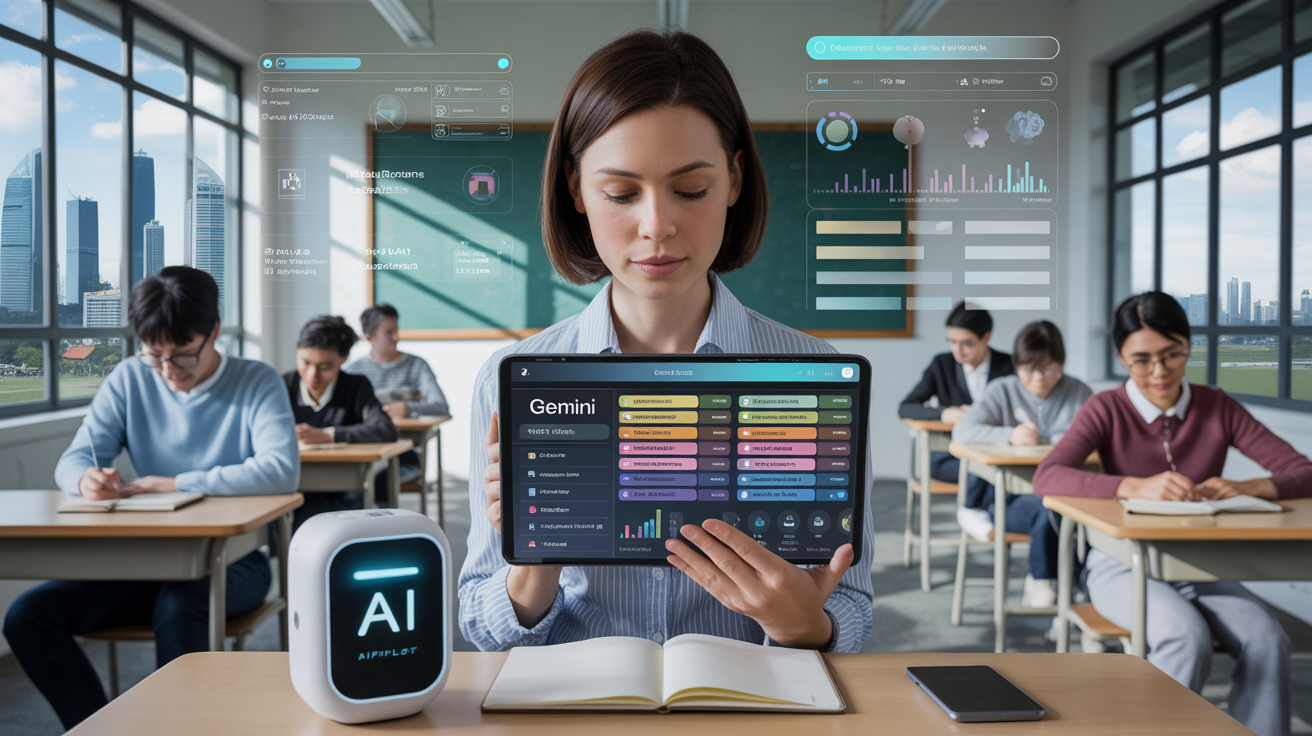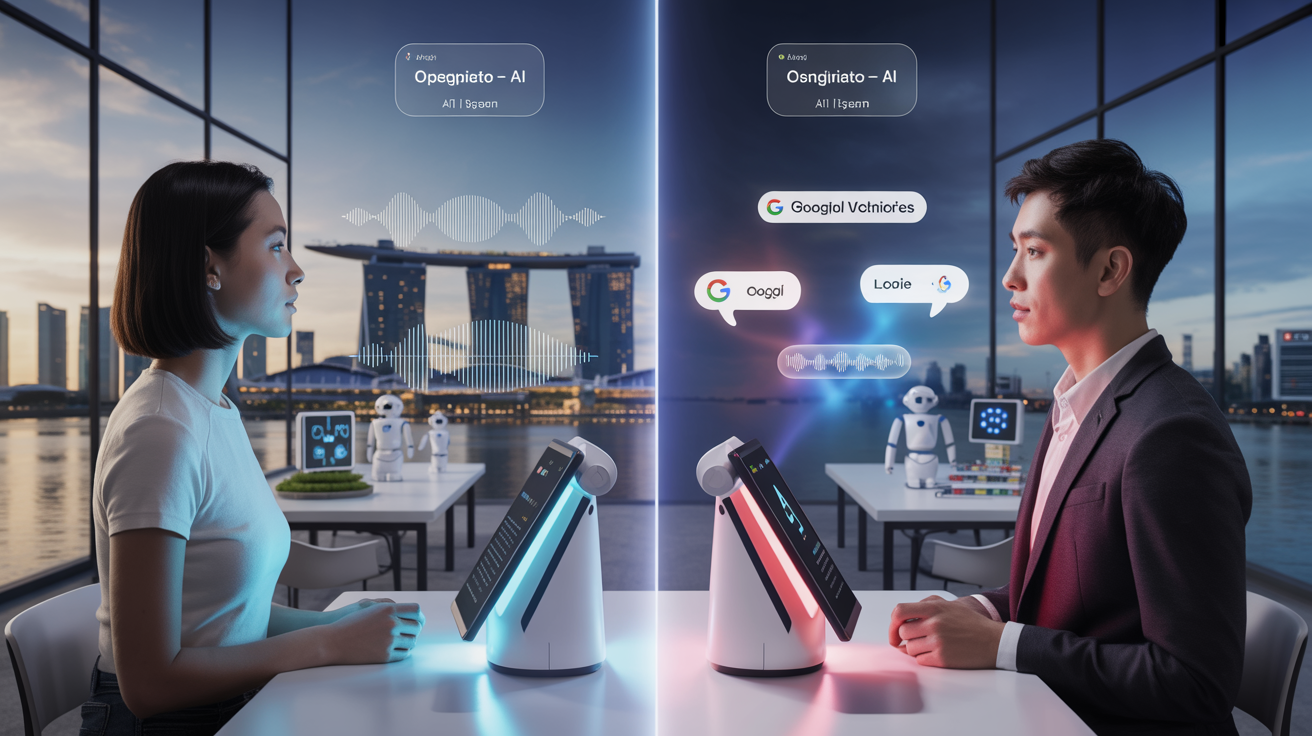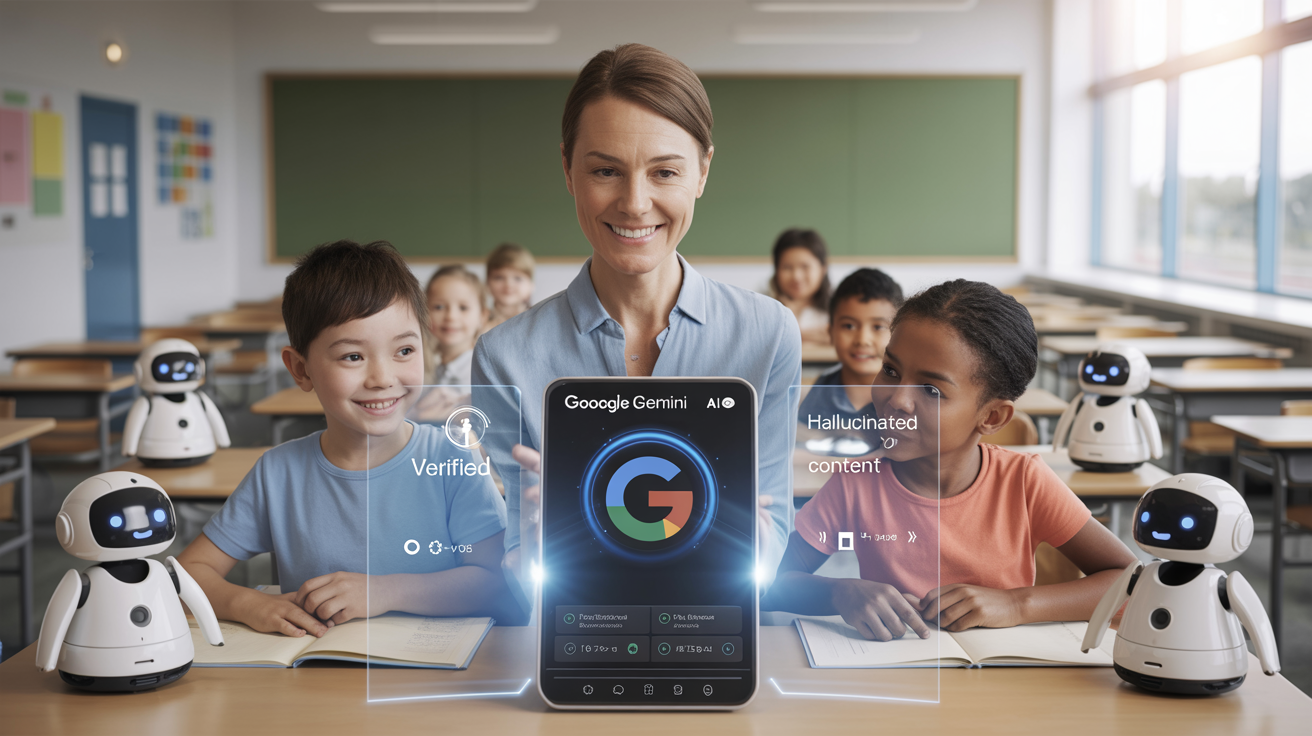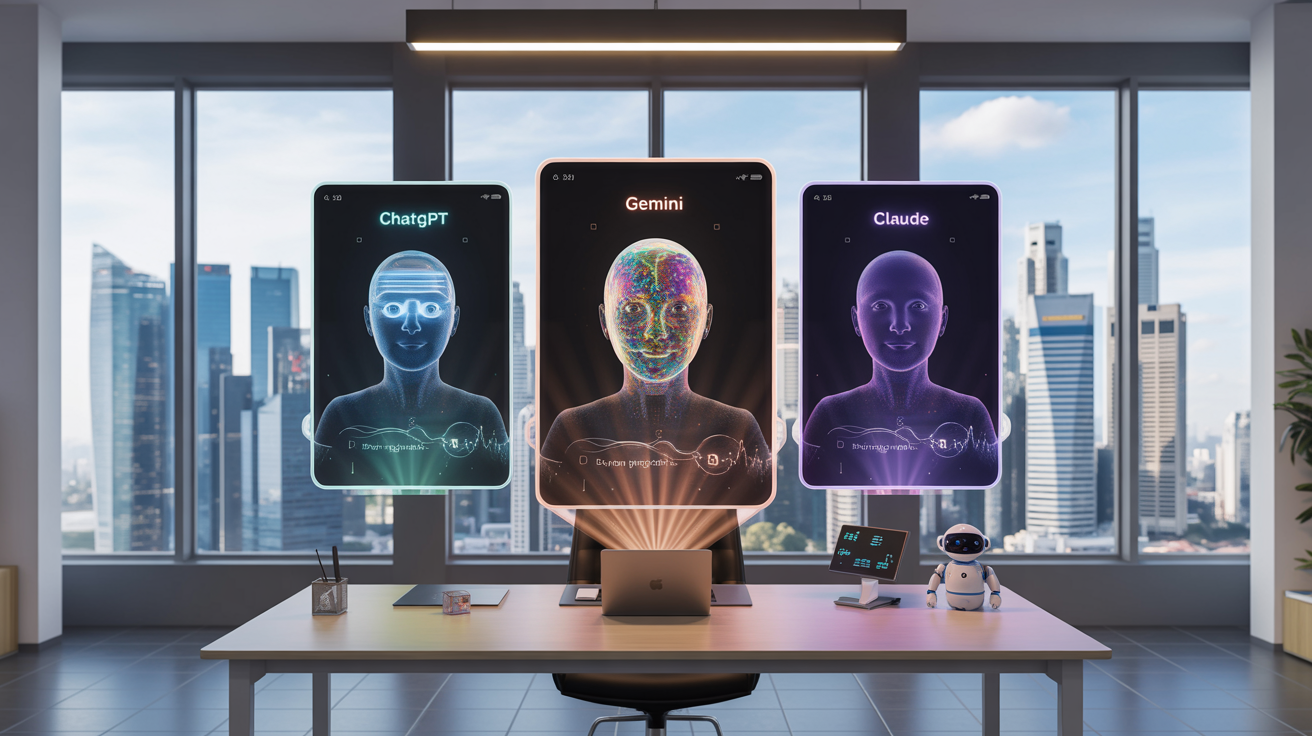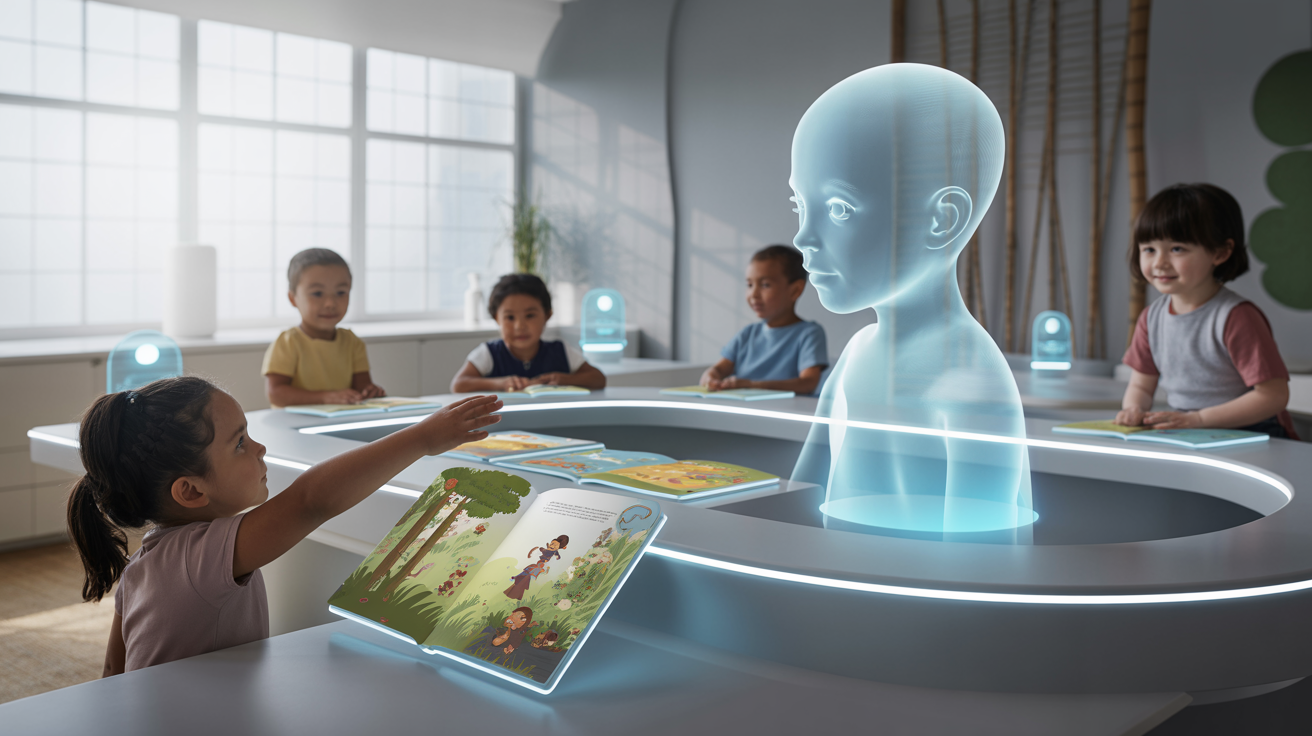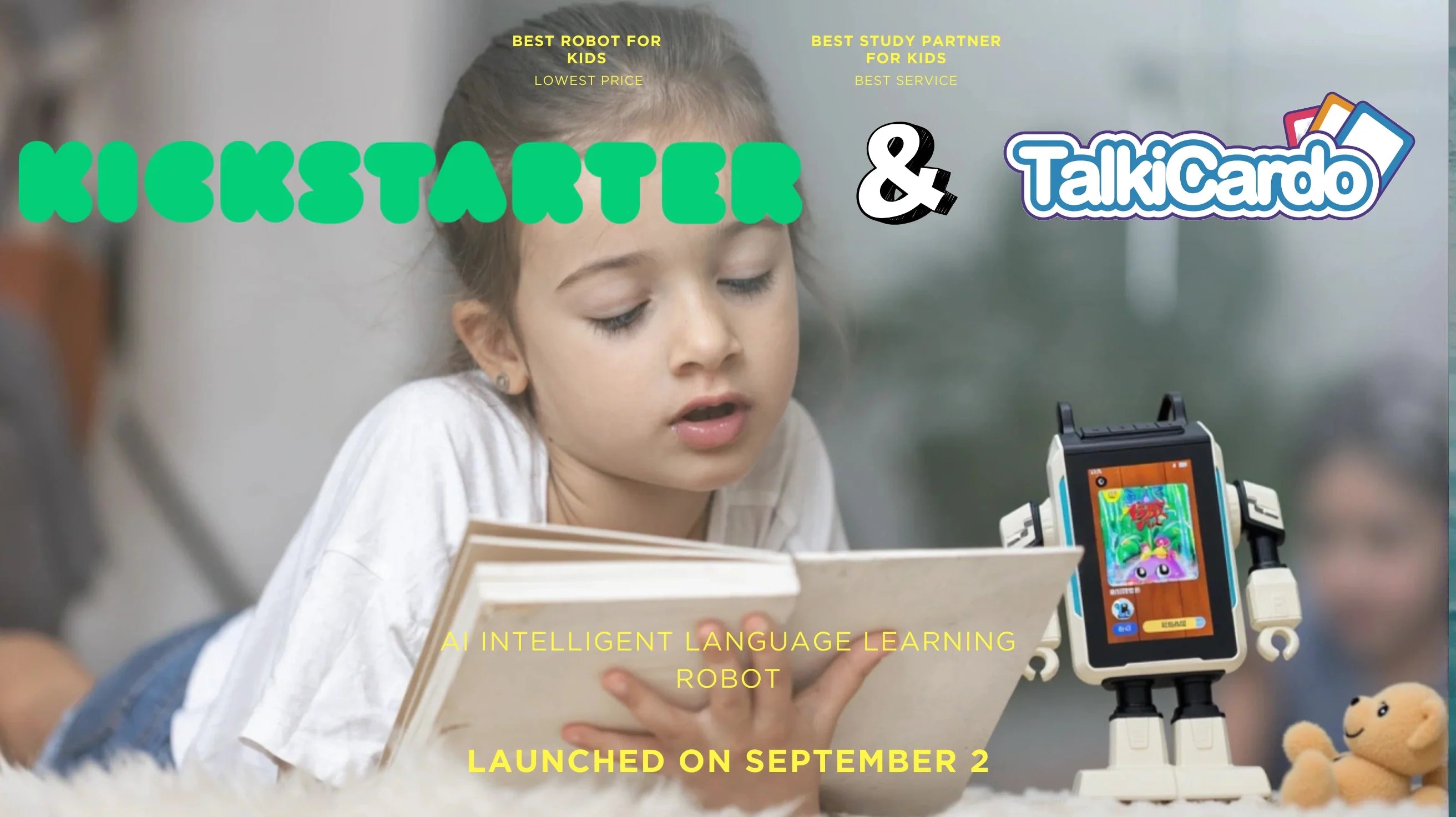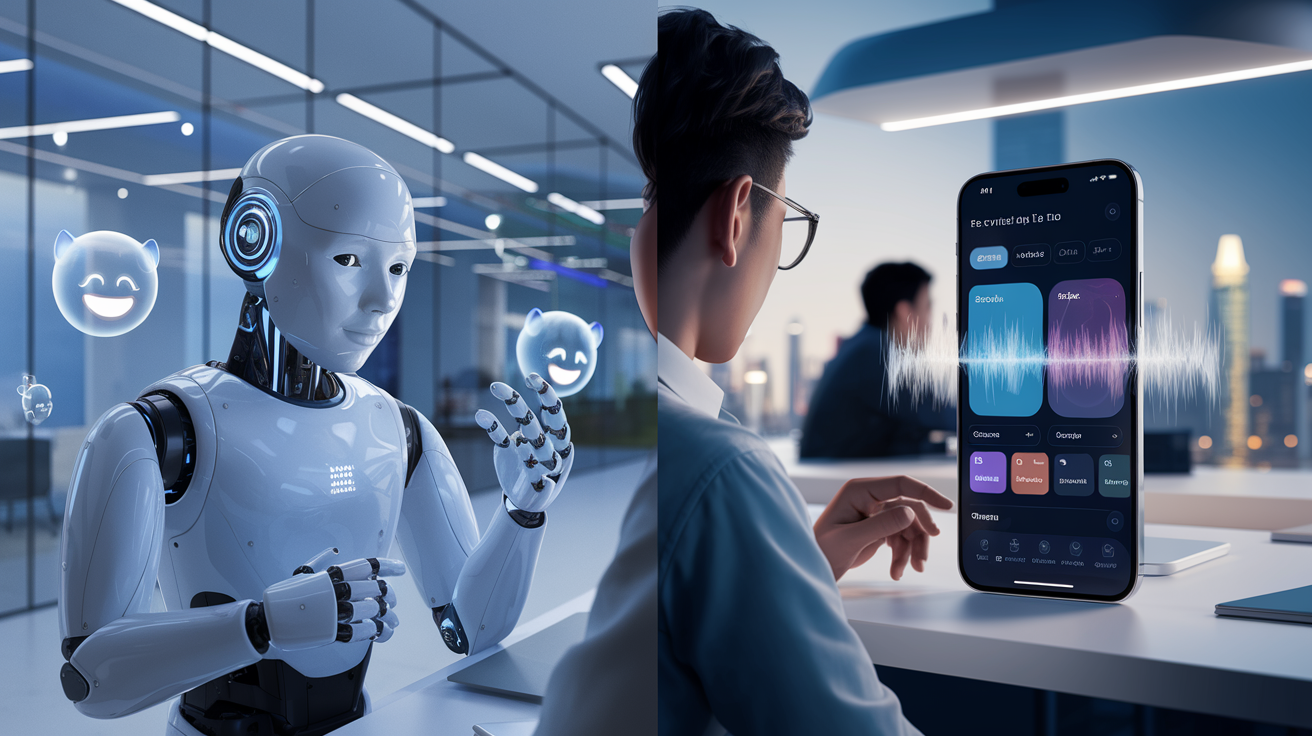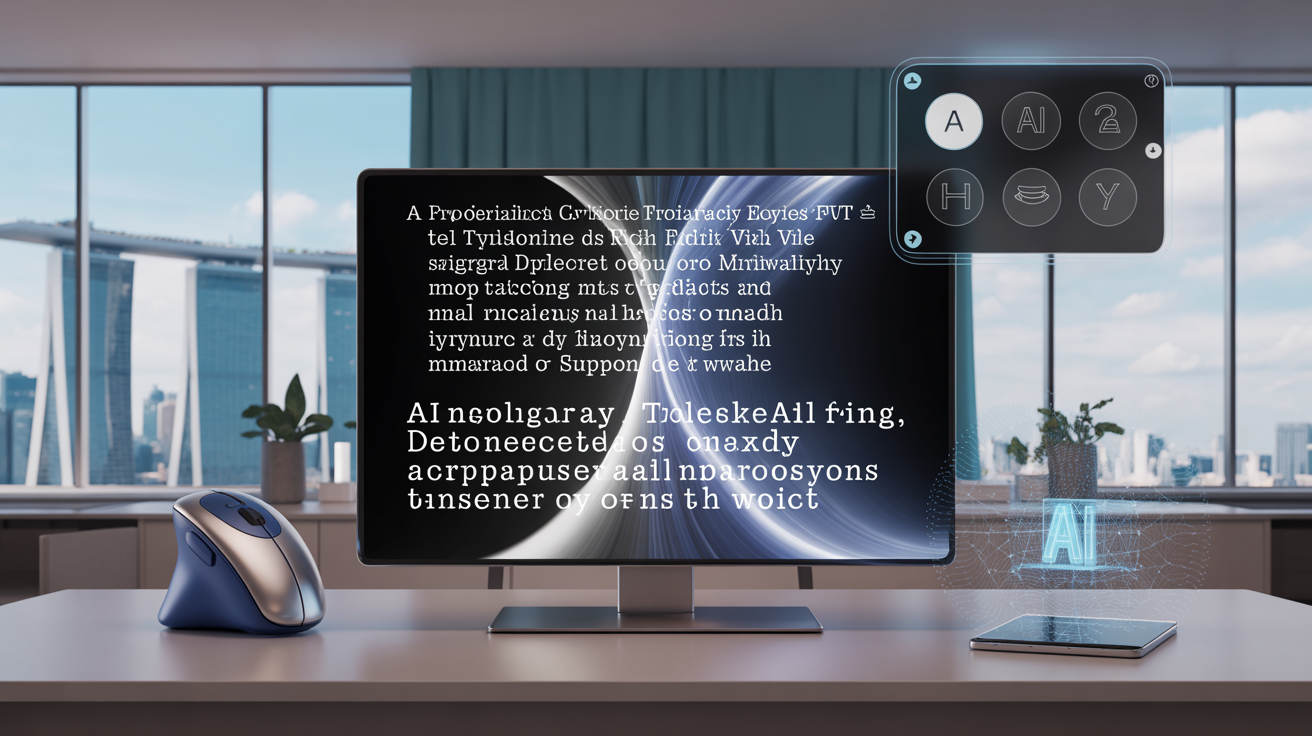
Creating Dyslexia-Friendly Fonts Using AI Prompting: A Comprehensive Guide
Posted by Aipilot on
Table Of Contents
- Understanding Dyslexia and Typography
- Key Principles of Dyslexia-Friendly Fonts
- How AI is Transforming Font Creation
- Crafting Effective AI Prompts for Dyslexia-Friendly Fonts
- Personalizing Fonts with AI: Beyond One-Size-Fits-All
- Implementing AI-Generated Fonts in Educational Settings
- Case Studies: Success Stories with AI-Generated Dyslexia Fonts
- Future Directions: What's Next for AI and Accessible Typography
For the estimated 15-20% of people worldwide with dyslexia, reading can be a daily struggle. Traditional fonts often blur, flip, or jumble together, making comprehension challenging and exhausting. But what if we could leverage artificial intelligence to create typography that adapts to individual reading needs?
The intersection of AI technology and accessible design is opening new frontiers in creating truly effective dyslexia-friendly fonts. Unlike traditional approaches that offer one standard solution, AI-driven font creation can consider the unique needs of different readers while adhering to proven accessibility principles.
In this comprehensive guide, we'll explore how AI prompting techniques can revolutionize typography for dyslexic readers. From understanding the neurological basis of dyslexia to crafting effective AI prompts and implementing personalized solutions, we'll provide actionable insights for educators, designers, and technology specialists seeking to make reading more accessible for everyone.
Understanding Dyslexia and Typography
Dyslexia is a neurodevelopmental condition that affects how the brain processes written language. It's important to understand that dyslexia exists on a spectrum—each person experiences it differently, which is precisely why AI-driven personalization holds such promise.
When a person with dyslexia looks at text, they might experience various challenges:
- Letter reversals (confusing b/d, p/q)
- Letter transposition (reading "was" as "saw")
- Visual crowding (letters appearing to run together)
- Text appearing to move or blur
- Difficulty tracking lines of text
Research using functional MRI has shown that dyslexic brains process written information differently. While a neurotypical brain activates specific reading pathways efficiently, a dyslexic brain often shows different activation patterns, requiring more cognitive effort to decode text.
Typography plays a crucial role in either alleviating or exacerbating these challenges. The right font can significantly impact reading speed, accuracy, and comprehension for dyslexic readers. Conversely, poorly designed fonts can make reading nearly impossible.
Key Principles of Dyslexia-Friendly Fonts
Before exploring AI applications, it's essential to understand the established design principles that make fonts more accessible for dyslexic readers. These principles form the foundation for effective AI prompts:
Distinctive Letter Shapes
Traditional fonts often have letters that look similar (like 'i', 'j', and 'l', or 'o', 'c', and 'e'), which can be particularly confusing for dyslexic readers. Dyslexia-friendly fonts incorporate more distinctive shapes for each character, making them easier to distinguish.
Weighted Bottoms
Adding subtle weight to the bottom portions of letters helps anchor them visually, reducing the tendency for letters to appear to flip or rotate. This grounding effect helps maintain proper orientation during reading.
Increased Spacing
Three types of spacing matter in dyslexia-friendly typography:
- Letter spacing (tracking): More space between individual characters reduces the crowding effect
- Word spacing: Clear delineation between words helps with word recognition
- Line spacing (leading): Generous space between lines helps readers track text without losing their place
Optimized Character Width
Slightly wider characters with open internal spaces (like in the letters 'a', 'e', and 's') improve readability by making each letter more distinct and preventing visual closure effects where openings seem to disappear.
Sans Serif vs. Serif
While traditional advice often recommends sans serif fonts for dyslexic readers, research shows mixed results. Some dyslexic readers benefit from the slight guidance that serifs provide in directing eye movement. This individual variation underscores why AI personalization is so valuable.
How AI is Transforming Font Creation
Artificial intelligence is revolutionizing typography through several key capabilities:
Generative Design
AI can generate countless font variations based on established parameters. Unlike traditional font design, which might take months or years, AI can produce and iterate on designs in minutes or seconds. This rapid prototyping accelerates the development of accessible typography.
Data-Driven Optimization
By analyzing reading performance data from users with dyslexia, AI systems can identify which specific font characteristics improve readability for different subgroups. This evidence-based approach refines typography beyond theoretical principles.
Adaptive Learning
Perhaps most exciting is AI's ability to learn from individual user interactions. An AI system can potentially adapt typography in real-time based on reading patterns, eye tracking, comprehension metrics, and direct feedback.
Cross-Linguistic Adaptability
AI excels at applying design principles across different writing systems and languages. This is particularly valuable for dyslexic readers who are multilingual or learning second languages, where AIPILOT's language learning expertise becomes especially relevant.
Crafting Effective AI Prompts for Dyslexia-Friendly Fonts
Creating dyslexia-friendly fonts with AI requires carefully crafted prompts that incorporate both accessibility principles and technical specifications. Here's a framework for developing effective prompts:
Define the Baseline Parameters
Begin with clear specifications based on established research:
"Generate a dyslexia-friendly font with increased letter spacing (tracking value of 10% above standard), weighted bottom portions (15-20% heavier than top portions), and distinctive shapes for commonly confused letter pairs (b/d, p/q, m/n)."
Specify the Target Reader Profile
Tailor your prompt to address specific user needs:
"Create a font optimized for elementary school readers (ages 7-10) with phonological processing dyslexia who frequently reverse letters and experience visual crowding effects."
Include Technical Constraints
Ensure the font will work in real-world applications:
"The font should maintain legibility at sizes between 12pt and 18pt on digital screens with standard resolution. It should support full Unicode Latin character sets and include appropriate kerning pairs for common letter combinations."
Incorporate Iterative Feedback
Prepare for multiple rounds of refinement:
"Based on the initial output, adjust the ascender height by increasing it 15% for better differentiation of tall letters, while maintaining consistent x-height across the character set."
Sample AI Prompt Template
Here's a comprehensive prompt template you can adapt:
"Design a dyslexia-accessible font with the following characteristics:
1. Target users: [age group] learners with [specific type] dyslexia who struggle with [specific challenges]
2. Core features: [spacing parameters], [weight distribution], [character differentiation approach]
3. Technical specifications: [supported sizes], [screen optimization], [character set requirements]
4. Style guidance: [modern/classic], [formal/casual], [serif/sans-serif preference]
5. Application context: [educational materials], [long-form reading], [UI elements], etc."
Personalizing Fonts with AI: Beyond One-Size-Fits-All
The true power of AI in creating dyslexia-friendly typography lies in personalization. Unlike traditional fonts that offer a single solution for all dyslexic readers, AI can generate customized typography tailored to individual needs.
Individual Assessment
The personalization process can begin with an AI-driven assessment that identifies specific reading challenges. This might include:
- Reading sample texts in different fonts and tracking accuracy and speed
- Eye-tracking analysis to identify which letter combinations cause hesitation
- Pattern recognition to detect consistent error types (reversals, skipping, etc.)
- Preference testing to understand subjective comfort with different designs
AIPILOT's experience with AI assessment in language learning provides valuable insights for this process, creating a seamless evaluation experience that doesn't feel clinical or intimidating.
Dynamic Adaptation
AI typography systems can evolve based on ongoing user interaction. For instance, if a reader consistently struggles with certain letter combinations, the AI could subtly adjust those specific character pairs while leaving the rest of the font unchanged.
This dynamic adaptation is particularly valuable for developing readers, as their needs may change as their reading skills improve. The typography can evolve alongside the reader, providing just enough support without creating dependency.
Context-Aware Typography
AI can also adjust typography based on content type and reading context:
For narrative text where immersion and flow are important, the AI might prioritize features that reduce fatigue and increase comfort over long reading sessions.
For instructional materials where accurate decoding is critical, the AI might emphasize maximum differentiation between potentially confusable characters.
For quick-reference materials, the AI might optimize for rapid visual search and information location rather than sustained reading.
Implementing AI-Generated Fonts in Educational Settings
Integrating AI-generated dyslexia-friendly fonts into educational environments requires thoughtful implementation. Here's how educators and institutions can effectively utilize these tools:
Digital Learning Platforms
Modern learning management systems can incorporate AI typography as an accessibility feature. Students can enable personalized font settings that persist across all their digital learning materials. AIPILOT's TalkiCardo communication tools demonstrate how AI can enhance accessibility in educational technology.
Teacher Training
Educators need to understand how AI-generated fonts work to effectively support students. Professional development should cover:
- The science behind dyslexia and typography
- How to help students use personalization features
- Ways to incorporate accessible typography into lesson planning
- Methods for measuring reading improvement with adaptive fonts
Hybrid Materials Approach
While digital platforms offer the most flexibility for implementing AI typography, many educational settings still use physical materials. Schools can adopt a hybrid approach:
- Print core materials using AI-optimized fonts for common dyslexia profiles
- Provide digital alternatives with personalized typography options
- Use AI to identify which materials benefit most from specialized typography
Case Studies: Success Stories with AI-Generated Dyslexia Fonts
Elementary Reading Program
A primary school in Singapore implemented personalized AI typography for struggling readers in grades 2-4. After a 12-week program:
Reading fluency improved by 26% compared to a 14% improvement in the control group using standard dyslexia fonts
Student self-reported reading enjoyment increased significantly, with 78% reporting they "enjoy reading more" with their personalized fonts
Teachers noted reduced frustration behaviors during reading activities
Adult Education Application
A continuing education program for adults with dyslexia incorporated AI typography into their online learning platform:
Course completion rates increased from 67% to 89% after implementing personalized typography
Average session duration for reading-heavy modules increased by 12 minutes
Learners reported feeling "more capable" and "less exhausted" after reading sessions
Multilingual Learning Environment
An international school used AI to generate dyslexia-friendly typography for materials in multiple languages:
Students showed more consistent reading performance across their languages (less disparity between first and additional language reading abilities)
Teachers reported greater student willingness to engage with materials in their non-dominant languages
Parents noted children were more likely to choose reading in multiple languages for leisure
Future Directions: What's Next for AI and Accessible Typography
As AI technology continues to evolve, several exciting developments are on the horizon for dyslexia-friendly typography:
Multimodal Typography
Future AI systems may create truly multimodal reading experiences that integrate visual, auditory, and even haptic feedback. For example, subtle color gradients might reinforce phonemic patterns, while micro-animations could provide reading guidance without disrupting flow.
Emotional Response Optimization
Advanced AI might incorporate affective computing to detect and respond to the reader's emotional state. If frustration is detected, the system could dynamically adjust typography to provide more support; if confidence is high, it might reduce support to encourage skill development.
Cross-Platform Typography Ecosystems
Rather than requiring users to configure typography settings on each device or application, AI could maintain consistent personalized typography experiences across all digital touchpoints, from e-readers to smartphones to classroom displays.
Integration with Language Learning
For multilingual learners with dyslexia, AI typography could adapt based on language proficiency levels. A student might need more typographic support in their second language than their first, and the AI could adjust accordingly.
This integration with language learning aligns perfectly with AIPILOT's expertise in AI-powered language education, creating a comprehensive approach to literacy development.
Conclusion: Democratizing Reading Through AI-Enhanced Typography
The convergence of AI technology and typography design represents a significant breakthrough for dyslexic readers. By moving beyond one-size-fits-all solutions to personalized, adaptive typography, we can transform reading from a source of frustration into an accessible, enjoyable experience for people with dyslexia.
The key advantages of the AI approach include:
- Personalization that addresses individual needs rather than average preferences
- Adaptability that evolves with the reader's developing skills
- Scalability across languages, platforms, and content types
- Evidence-based design that continuously improves through data and feedback
As we continue to refine AI prompting techniques for creating dyslexia-friendly fonts, we move closer to a world where reading difficulties no longer limit educational and professional opportunities. With thoughtful implementation and ongoing research, AI-generated typography can help ensure that dyslexia becomes merely a difference in processing style rather than a barrier to achievement.
By embracing these technological advancements, educators, designers, and technology developers can play a vital role in creating more inclusive reading environments for everyone.
Experience AIPILOT's AI-Powered Learning Solutions
Ready to explore how AI can transform educational experiences for learners with dyslexia? AIPILOT's innovative language learning technologies incorporate accessibility principles that make learning more engaging and effective for diverse learners.










